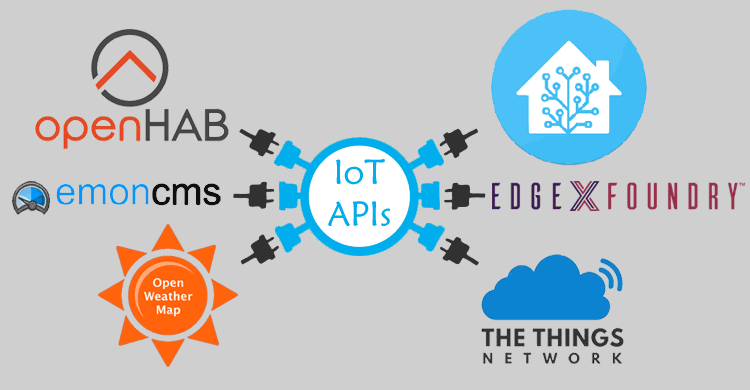Cloud computing has become an integral part of modern business infrastructure, and it has become essential for many businesses to use cloud services to stay competitive. Cloud computing provides businesses with a flexible and scalable platform to host their applications, store data, and run their operations. However, many companies struggle with the high costs associated with cloud services, and they are looking for alternative solutions to manage their cloud computing infrastructure.
Open-source cloud computing is a popular alternative that has gained significant momentum in recent years. OpenStack is one of the leading open-source cloud computing platforms that is widely used by companies of all sizes to manage their cloud infrastructure. In this blog, we will provide an overview of OpenStack, and we will explain how it can benefit beginners who are interested in open-source cloud computing.
What is OpenStack?

OpenStack is an open-source cloud computing platform that provides businesses with a set of tools to manage their cloud infrastructure. It was first released in 2010, and since then, it has gained significant traction among businesses of all sizes. OpenStack is maintained by the OpenStack Foundation, a non-profit organization that is dedicated to promoting the use of open-source cloud computing.
OpenStack is designed to provide businesses with a flexible and scalable platform to manage their cloud infrastructure. It is composed of several components that work together to provide a complete cloud computing solution. Some of the key components of OpenStack include:
- Nova: A compute service that provides businesses with virtual machine (VM) management capabilities.
- Swift: An object storage service that provides businesses with the ability to store and retrieve data.
- Cinder: A block storage service that provides businesses with persistent storage for their VMs.
- Neutron: A networking service that provides businesses with network management capabilities.
- Horizon: A web-based dashboard that provides businesses with a user-friendly interface to manage their cloud infrastructure.
These components work together to provide businesses with a complete cloud computing platform that can be customized to meet their specific needs.
Benefits of OpenStack for Beginners
OpenStack provides beginners with a powerful platform to manage their cloud infrastructure. Here are some of the benefits that OpenStack provides to beginners:
- Scalable: OpenStack is designed to be scalable, which means that businesses can add or remove resources as needed. This allows businesses to scale their infrastructure based on their needs.
- Cost-effective: OpenStack is a cost-effective solution compared to proprietary cloud services. Since it is open-source, businesses do not have to pay for expensive licenses or vendor lock-in fees.
- Customizable: OpenStack is highly customizable, which means that businesses can tailor it to meet their specific needs. They can choose the components that they want to use and configure them according to their requirements.
- Open-source: OpenStack is open-source, which means that businesses have access to the source code and can modify it as needed. This provides businesses with a high degree of flexibility and control over their cloud infrastructure.
- Community support: OpenStack has a large and active community that provides support to beginners. This community is composed of developers, users, and vendors who are committed to promoting the use of open-source cloud computing
Getting Started with OpenStack

Getting started with OpenStack can be intimidating for beginners, but there are several resources available that can help. Here are some steps that beginners can follow to get started with OpenStack:
- Choose a distribution: There are several OpenStack distributions available, including Canonical, Mirantis, Red Hat, and SUSE. Beginners should choose a distribution that meets their specific needs.
- Set up a test environment: Beginners should set up a test environment to experiment with OpenStack. This can be done using virtual machines or a physical test environment.
- Learn the basics: Beginners should learn the basics of OpenStack, including the architecture, components, and terminology. They can refer to online documentation, tutorials, and training courses to learn more.
- Install and configure OpenStack: Beginners should install and configure OpenStack on their test environment. They can follow the installation and configuration guides provided by the distribution they chose.
- Create and manage resources: Beginners can create and manage resources such as VMs, storage, and networks using the OpenStack dashboard or command-line interface. They can also explore more advanced features such as load balancing, autoscaling, and container orchestration.
- Join the community: Beginners can join the OpenStack community to learn from other users and developers. They can participate in forums, mailing lists, and events to ask questions, share their experiences, and contribute to the community.
Conclusion
OpenStack is a powerful open-source cloud computing platform that provides businesses with a flexible and scalable solution to manage their cloud infrastructure. It is cost-effective, customizable, and provides beginners with a large and active community for support. By following the steps outlined in this blog, beginners can get started with OpenStack and take advantage of its many benefits. Open-source cloud computing is an exciting and rapidly evolving field, and OpenStack is a great platform to learn and experiment with.






